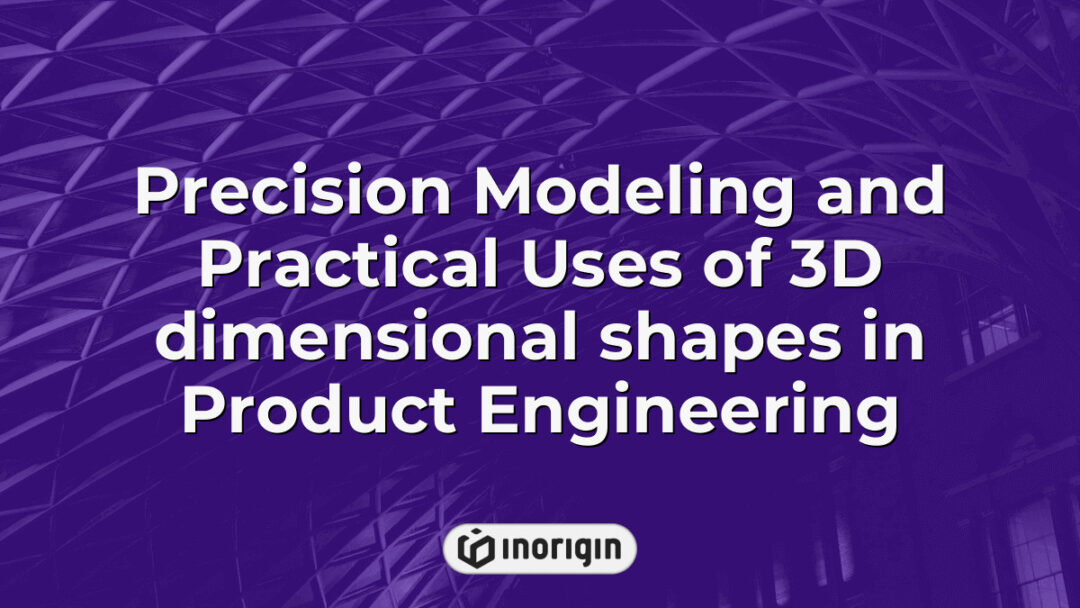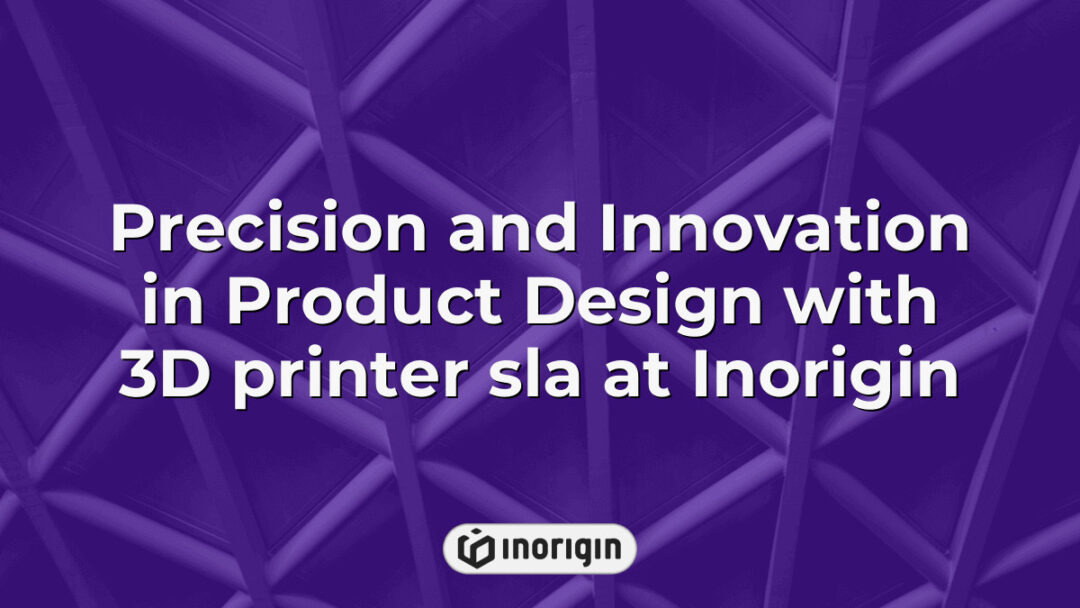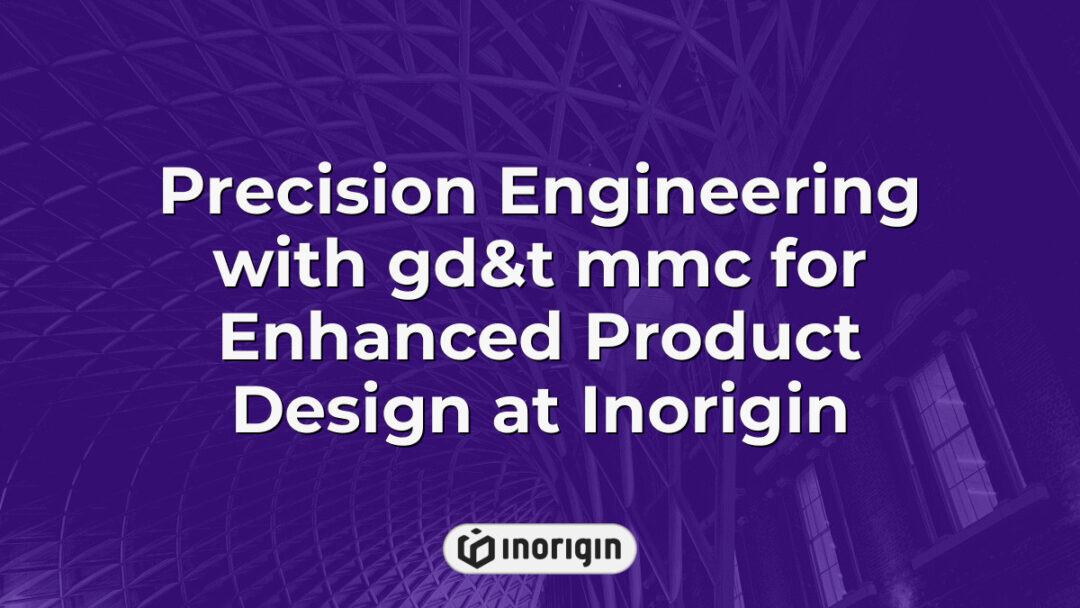In the realm of creativity and functionality, product and industrial design stands as a bridge—a conduit through which pure ideas transform into tangible realities that shape everyday experiences. This discipline embodies the intricate dance between form and function, much like an artist painting a masterpiece while simultaneously considering the canvas’s utility. Product design delves into the heart of consumer needs, crafting objects that not only delight the senses but also enhance lifestyle efficiency. Conversely, industrial design broadens this scope, encompassing the systematic processes and technologies that facilitate mass production, ensuring that innovation reaches the market. Together, they represent the alchemy of design, where imagination fuses with practicality to awaken a world enriched by thoughtful creations.
| Αποψη | Key Takeaway |
|---|---|
| Ορισμός | What is product and industrial design? It is the strategic fusion of creativity and practicality that transforms innovative concepts into functional, market-ready consumer products. |
| Historical Evolution | The discipline has evolved from artisanal origins to integrating advanced technologies and systematic processes that facilitate efficient production and user engagement. |
| Βασικές Αρχές | Fundamental to this field are functionality and usability, emphasizing designs that meet user needs while offering intuitive and enjoyable experiences. |
| Manufacturing Impact | Industrial design enhances manufacturing by aligning product aesthetics with engineering feasibility, sustainability, and economic viability. |
| Discipline Comparison | Product design prioritizes user-friendliness and visual appeal; industrial design focuses on production methods, material selection, and performance support. |
| Αναδυόμενες Τάσεις | Future design approaches integrate AR, VR, and eco-friendly materials, promoting human-centric, sustainable innovations supported by cross-disciplinary collaboration. |
| Career Opportunities | Experts can pursue roles in product design, engineering, UX/UI, sustainable consulting, and rapid prototyping, reflecting the field’s broad and evolving scope. |
History and Evolution of Product and Industrial Design
The history and evolution of product and industrial design reflect the ever-changing dynamics of society and technology, much like the ripples created when a stone is tossed into a pond. Initially, product design emerged as a response to individual needs, but with the advent of the industrial revolution in the late 18th century, a transformation occurred. Mass production techniques became the norm, enabling the swift and efficient creation of goods, which necessitated a shift from artisanal craftsmanship to standardized designs. By the mid-20th century, designers like Charles and Ray Eames revolutionised the field, blending functionality with aesthetic appeal. At this juncture, the influence of consumer psychology began to intertwine with design principles, prompting manufacturers to consider not just the usability of products, but also how they resonated emotionally with users. Today, this field integrates advanced technologies, rendering it both a science and an art, aiming to produce not only objects but experiences that satisfy contemporary lifestyles while addressing environmental concerns. The journey from artisanal methods to the complexities of mass production illustrates the profound transformation that product and industrial design has undergone, adapting to both human needs and technological advancements along the way.
Key Principles and Methodologies in Product Design
In the field of product and industrial design, the key principles and methodologies are fundamentally centred around functionality and usability. Firstly, functionality refers to the design’s ability to effectively serve its intended purpose, ensuring that products meet user needs and perform reliably across various contexts. An innovative example of this can be found in the development of ergonomic furniture; designed not only for aesthetics, but more importantly, to enhance comfort and productivity. On the other hand, usability emphasizes the user experience, striving for intuitive interactions and accessibility. A significant milestone in usability principles occurred in the 1980s with the rise of user-centered design, which shifted focus towards understanding real user requirements through research and testing. When these principles are combined, effective methodologies such as iterative design and prototyping come into play, allowing designers to refine their ideas based on user feedback. Together, these approaches create a robust framework that fosters the development of products that are not only practical but also engaging for the user. The synergy of functionality and usability underscores the essence of thoughtful design, ultimately resulting in products that resonate with consumers on multiple levels.
The Role of Industrial Design in Modern Manufacturing
In the intricate world of manufacturing, industrial design serves as the backbone that supports not just the aesthetics of a product but its functionality and manufacturability as well. When considering manufacturing processes, it becomes apparent that industrial design is not merely about creating visually appealing items; it additionally encompasses the quest for practical solutions that address user needs while being economically viable. For instance, a product designed without a thorough understanding of materials and production methods may lead to complications in production, ultimately affecting sustainability and cost efficiency. The relationship between product design and industrial design thus becomes a two-way street; as one evolves so does the other. This interplay results in innovations that can reshape manufacturing landscapes. For instance, advances in 3D printing technology have allowed for greater flexibility in design, giving rise to custom solutions that were once unimaginable. As industries strive to keep pace with new consumer expectations, the role of industrial design will continue to be crucial, offering not only aesthetic direction but also strategic frameworks for efficiently bringing products to market.
Comparing Product Design and Industrial Design: Key Differences
The distinction between product design and industrial design can be likened to the contrast between a delicate sculpture and the robust machinery on a factory floor; both serve crucial roles, yet operate within distinct parameters. Product design focuses primarily on creating consumer goods that are aesthetically pleasing and user-friendly, while industrial design delves into the engineering aspects of how products are manufactured and function. Such differences manifest in the goals each discipline strives to achieve; for instance, product design emphasizes visual appeal and usability, incorporating elements such as ergonomics, colour psychology, and market trends. In contrast, industrial design often prioritises efficiency and manufacturability, addressing themes like material selection, production methods, and sustainability practices, which are increasingly relevant in today’s environmentally conscious market. This differentiation highlights the interplay between form and function, where product design may craft an inviting exterior, yet industrial design ensures that the underlying mechanics support both performance and longevity. Understanding these distinctions is essential, particularly when considering the complexities involved in developing specialised products that successfully bridge consumer desires and manufacturing realities. The intersection where these two domains meet can drive innovation, ultimately leading to products that are not just visually appealing but also highly functional and capable of meeting the demands of a competitive marketplace.
Future Trends in Product and Industrial Design
The future trends in product and industrial design indicate a strong emphasis on integrating user experience with aesthetics, reflecting a shift towards more human-centric approaches in these fields. As technology takes precedence, designers are increasingly utilising augmented reality (AR) and virtual reality (VR) to prototype and simulate products, which not only allows for better visualisation but also enhances interactions with potential users before actual production. Furthermore, sustainability remains a dominating theme—companies are compelled to adopt eco-friendly materials and processes, appealing to a consumer base that is progressively more environmentally conscious. The collaboration between disciplines, such as industrial design, graphic design, and engineering, is expected to foster innovations that are not only practical but visually appealing, creating products that resonate emotionally with users. As design practices evolve, the concept of iterative prototyping will likely gain traction, enabling designers to refine products through continuous feedback loops while prioritising both functionality and aesthetic appeal. In light of these developments, the synergy between user experience and design aesthetics becomes critical, as these elements shape the trajectory of product and industrial design for years to come.
Συχνές Ερωτήσεις
What career opportunities are available for graduates in product and industrial design?
In the grand theatre of society, where objects are not merely utilities but narratives, the stage is set for product and industrial design to unfold its many acts. Graduates emerging from this discipline find themselves amidst a multitude of career opportunities, each path reflecting a unique facet of their academic training. For instance, some may step into the role of product designers, crafting everything from everyday appliances to cutting-edge technology, while others might opt for industrial design consultancy, assisting firms in refining their production processes for maximum efficiency and user satisfaction. Taken together, these roles often extend into areas such as sustainable design, where professionals strive to marry functionality with environmental consciousness, or design research, which aims to uncover user insights that drive innovation. Furthermore, the ever-growing emphasis on digital interaction leads many designers to foray into user experience (UX) and user interface (UI) design, where empathy for the end user becomes paramount in creating seamless interactions. Consequently, the diverse career trajectories available following graduation highlight the inherent versatility of product and industrial design, underscoring its relevance in a rapidly evolving market that craves both creativity and practicality. In the tapestry of professional opportunities, the symphony of possibilities resonates with graduates eager to leave their mark on the world.
What software tools are commonly used by product and industrial designers?
In the field of product and industrial design, the proper selection of software tools can significantly affect the efficiency and creativity of the design process. Notably, the landscape of design technology has transformed dramatically over the past few decades, creating an environment where designers have access to a variety of advanced tools. For instance, Computer-Aided Design (CAD) software, such as AutoCAD and SolidWorks, remains central to the design process, enabling the creation of detailed 2D and 3D models. Coupled with this, simulation and prototyping tools, like Rhino and SketchUp, provide designers with the capability to visualise concepts before actual production, thus refining their ideas through iterative testing. Additionally, emerging technologies like virtual reality (VR) and augmented reality (AR) are beginning to reshape the design workflow, allowing designers to immerse themselves in a digital environment where they can manipulate designs in real-time. These cutting-edge tools not only facilitate communication amongst team members but also enhance user engagement and feedback, essential aspects in the iterative nature of design. Ultimately, the ongoing evolution of software tools continues to shape how product and industrial designers approach their craft, ensuring that the design process is as innovative and efficient as possible.
How do sustainability considerations influence product and industrial design?
Currently, approximately 90% of consumers express a preference for sustainable products, highlighting a significant shift in market dynamics and consumer values. This growing awareness of environmental impact has led product and industrial designers to reconsider their methodologies and materials. Sustainability considerations now play a critical role in the design process, influencing everything from the selection of raw materials to production techniques and end-of-life product management. Designers increasingly employ eco-friendly materials, such as recycled plastics or biodegradable options, which not only reduce the carbon footprint but also appeal to a conscientious consumer base. Furthermore, principles like circular design encourage the creation of products that can be easily repaired, reused, or regenerated, thereby lessening waste in landfills. As a result, the intersection of design innovation and sustainability is not merely an ethical choice but a strategic imperative for companies seeking competitive advantage in an evolving marketplace. Embracing sustainability fosters not only corporate responsibility but also enhanced brand loyalty and market relevance in an age where ecological considerations are paramount.
Σύναψη
In conclusion, product and industrial design serves as the architectural blueprint of everyday life, shaping tangible experiences from mere ideas into functional realities. This field intertwines creativity and practicality, crafting solutions that resonate with user needs while defining a visual language that captivates the senses and enriches the human experience.
Σχετικές αναρτήσεις:
- Πώς μπορεί η δοκιμή ευχρηστίας να βελτιώσει τον σχεδιασμό προϊόντων; Πρακτικά αποτελέσματα από την Expert Approach της Inorigin
- Ο ανθρωποκεντρικός σχεδιασμός βελτιώνει τη χρηστικότητα του προϊόντος μέσω μηχανικής ακριβείας και προηγμένων πρωτοτύπων
- How Can Industrial Design Impact Product Aesthetics Through Material Choices and User Experience Integration
- How Can Industrial Design Enhance Your Product’s Appeal by Blending Innovation and User Experience
- Consumer product engineering driving innovation through user research and sustainable design at Inorigin
- How Can Industrial Design Impact Your Product’s Market Success in Shaping Consumer Appeal and Brand Differentiation




